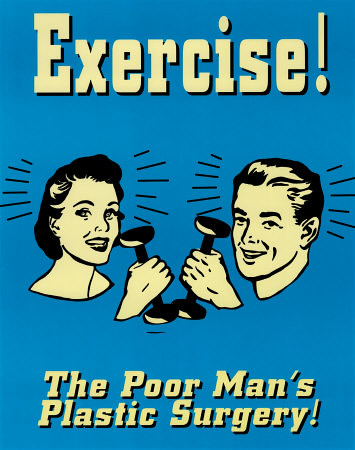Are narcissists aware they are narcissists?
a Scott Barry Kaufman: Those scoring high in narcissism tended to rate themselves as more intelligent, physically attractive, likeable and funny than others. Interestingly, they also rated themselves as having higher levels of negative aspects of narcissism, such as being power-oriented, impulsive, arrogant and prone to exaggerate their abilities! Therefore, narcissists are aware they are narcissists. There was also a strong positive correlation between narcissism and having a reputation for narcissism: narcissists were definitely perceived as narcissists. While other people…
1 min read
Should you trust your gut when deciding whether a neighborhood is safe or not?
a Science Daily: It's an unfamiliar neighborhood and you find yourself in the middle of a bunch of streets and buildings you've never seen before. Giving the environment a quick once-over, you make a snap decision about whether you're safe or not. And chances are, that first 'gut' call is the right one, say Binghamton University researchers Dan O'Brien and David Sloan Wilson in an article published in the current issue of Journal of Personality and Social Psychology. And: Through…
1 min read
Do more women get married when it’s hard for them to find a job?
ack labor market conditions for women relative to men increase the marriage rate in the USA. This paper examines the long-term consequences of such marriages. Despite the significant effect on marriage timing, labor market conditions experienced in youth do not affect the probability that a woman will marry by the age of 30. Further, labor market conditions at the time of marriage are uncorrelated with the probability of divorce, spouses’ characteristics, or the number of children. These findings suggest that…
1 min read
Poor Fitness Is Contagious
e increase in obesity over the past 30 years has led researchers to investigate the role of social networks as a contributing factor. However, several challenges make it difficult to demonstrate a causal link between friends’ physical fitness and own fitness using observational data. To overcome these problems, we exploit data from a unique setting in which individuals are randomly assigned to peer groups. We find statistically significant positive peer effects that are roughly half as large as the own…
1 min read
Are people more fair with those who are attractive?
ciprocity evolves only when social partners reliably repay, with interest, the investments of others. However, not all individuals are equally able—or motivated—to recompense others satisfactorily. As such, reciprocity relies greatly on the capacities and motives of partners. Apparent health may provide a cue to the value of potential exchange partners in this regard: healthier individuals will tend to live longer and accrue more, higher quality resources, thus increasing the incentives for mutual cooperation. In a monetary exchange task, we show…
1 min read
Does marriage inhibit antisocial behavior?
ntext Previous studies have indicated that marriageis negatively associated with male antisocial behavior. Althoughoften interpreted as a causal association, marriage is not arandom event. As such, the association may stem from selectionprocesses, whereby men less inclined toward antisocial behaviorare more likely to marry. Objective To evaluate selection vs causation explanationsof the association between marriage and desistence from antisocialbehavior. Design Co-twin control analyses in a prospective twinstudy provided an analogue of the idealized counterfactual modelof causation. The co-twin control design uses…
2 minutes
Do positive expectations and fantasies help you achieve goals?
sitive expectations do. Positive fantasies don't: Two forms of thinking about the future are distinguished: expectations versus fantasies. Positive expectations (judging a desired future as likely) predicted high effort and successful performance, but the reverse was true for positive fantasies (experiencing one's thoughts and mental images about a desired future positively). Participants were graduates looking for a job (Study 1), students with a crush on a peer of the opposite sex (Study 2), undergraduates anticipating an exam (Study 3), and…
2 minutes
Can escalators make you a better person?
ny challenges of society involve getting people to act prosocially in ways that are costly for self-interests but beneficial to the greater good. The authors in four studies examined the novel hypothesis that elevating (vertical) height promotes prosocial actions. In Study 1, shoppers riding up (vs. down) escalators contributed more often to charity. In Study 2, participants sitting higher (vs. lower) helped another longer, while in Study 3 participants sitting higher (vs. lower) were more compassionate. In Study 4, watching…
1 min read







